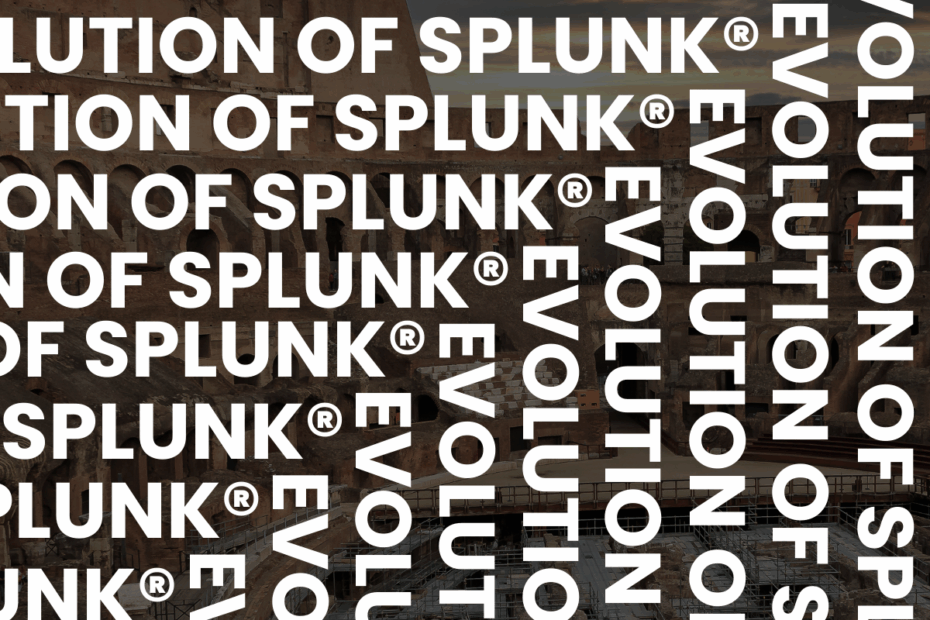The Evolution of Splunk
From a simple idea to an industry standard—here’s how Splunk® became the backbone of modern data operations.
Back in 2003, three engineers in San Francisco had a simple but powerful vision: make machine data searchable and useful. Michael Baum, Rob Das, and Erik Swan founded Splunk with the idea that all the log files and machine data that companies were generating could tell important stories if you knew how to read them.
The name itself comes from “spelunking” – exploring caves and discovering what’s hidden in the dark. What started as a way to help IT teams troubleshoot systems has evolved into something much bigger.
Today, that cave exploration mindset powers everything from fraud detection at major banks to patient monitoring in hospitals. Retailers use Splunk to understand customer behavior. Cities like Los Angeles process millions of security events to protect public services.
Here’s the opportunity: employers need people who can make sense of all this data.
You don’t need to be a programmer. You need to know how to spot patterns, interpret alerts, and help teams respond faster. These skills are in demand across every industry that relies on technology—which is virtually all of them.
With focused Splunk training, you can position yourself for roles that offer both job security and real impact. Companies are actively hiring for these positions right now.
Ready to be part of this data-driven transformation?
Visit ableversity.com to explore how Splunk skills can advance your career in any industry that matters to you.
All trademarks, logos and brand names are the property of their respective owners. Use of these names does not imply endorsement.
#CareerTransition #Splunk #Ableversity #DataCareers
